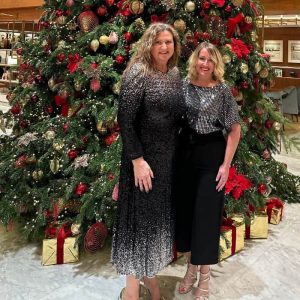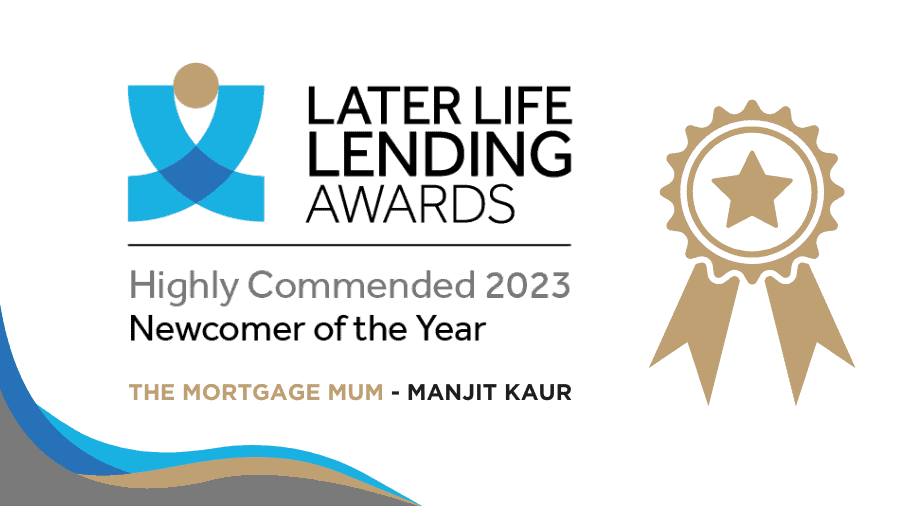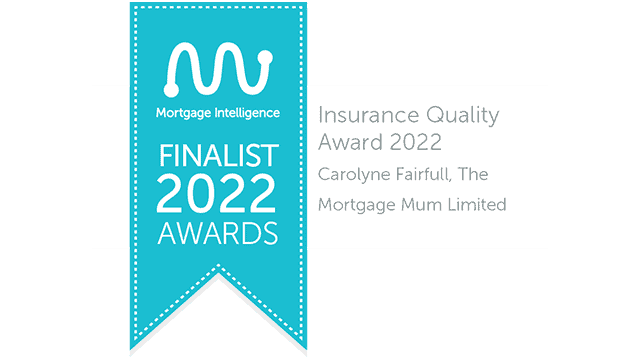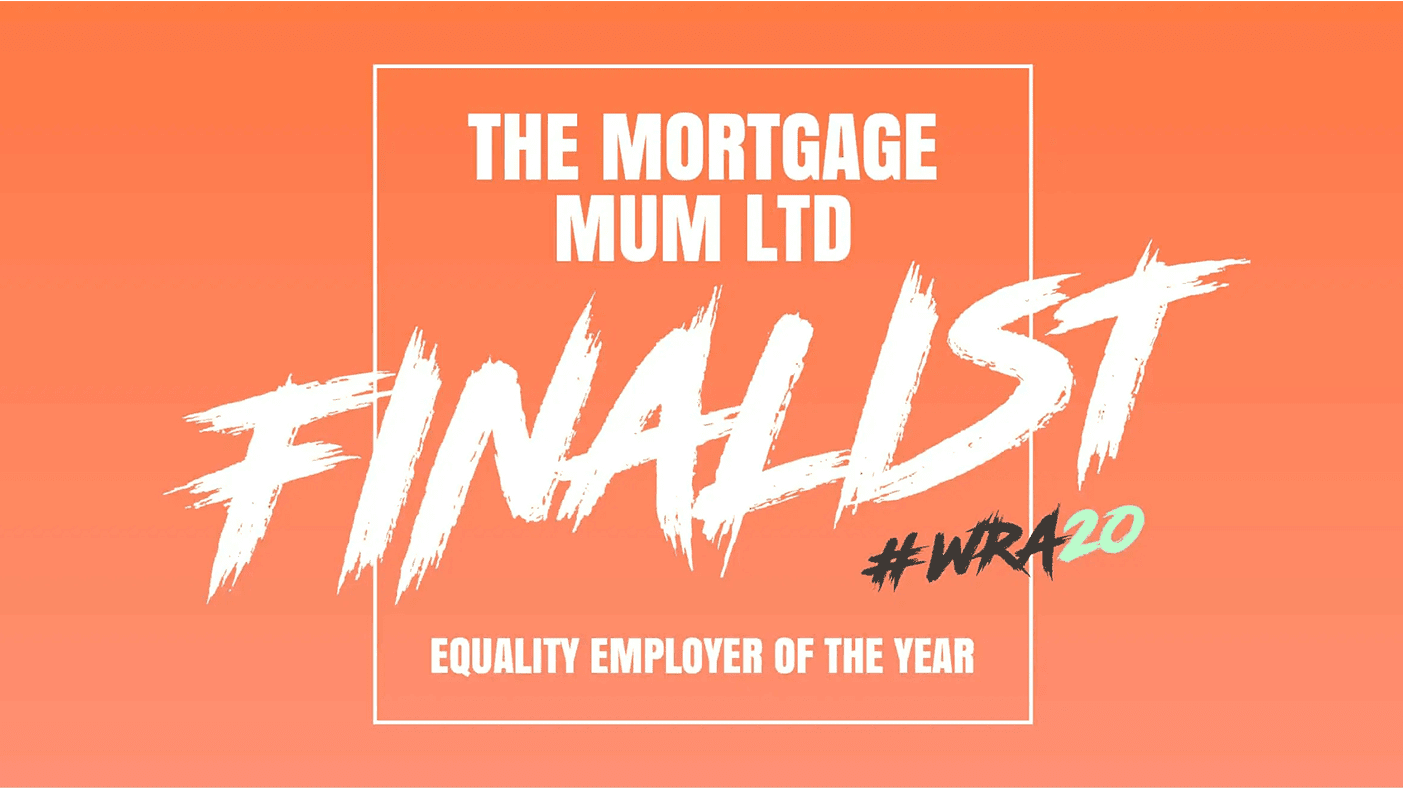Later Life Lending
Today’s guest host is Manjit Kaur, who makes up a quarter of our later life lending team, and is extremely passionate on the topic. She is a senior mortgage and protection advisor, as well as an equity release advisor.
Manjit: Hello and welcome to the Mortgage Mum Takeover podcast with myself, Manjit Kaur. I’m joined by the amazing and knowledgeable Kay Westgarth, Sales Director at Standard Life Home Finance.
Introducing Kay Westgarth
Kay: I’ve been in the later life lending market for about five years now, and in financial services for almost 30. The company actually launched into the later life lending market in October 2021, so we’re still seen as relatively newcomers, although the Standard Life brand will be very familiar to people in the later life space, through pensions and annuities.
Today’s podcast
Manjit: As advisors, we play an important role in helping older clients navigate later life lending options. We want to help those aged over 55 and access the money tied up in their homes. We explain the advantages and disadvantages of the products available.
The Mortgage Mum is part of the Equity Release Council, so we make sure we follow strict guidelines on our products and lenders. On today’s podcast, we’re going to go through some questions to get an idea of later life lending.
What is later life lending and how does it differ from traditional lending?
Kay: Later Life lending is a term used to describe several types of borrowing designed for individuals typically over the age of 55.
We look at it as a solution that will give the customer the retirement that they’ve worked so hard for, and that they deserve. Its uses are many, and we’ve seen these change over the years.
Recently, we’ve seen equity release used more for repaying unsecured or secured debt, but it can also be used to purchase a new home or a second home. It can support pensions income and can fund care costs. There are a plethora of uses for later life lending.
There are three types of later life lending: traditional mortgages, which you can still get when you’re over 55; Retirement Interest Only and equity release – also called a Lifetime Mortgage.
Do you find many first time buyer deposits as an area for later life lending?
Kay: Yes – it goes hand in hand with gifting, which is an area that we’ve seen increase in recent years. People that are going to the Bank of Mum and Dad or Bank of Grandma and Grandad looking for help for that property deposit, which is getting ever bigger all over the country.
Not only does that then help them to get on the property ladder, it could also help them secure a better mortgage rate. Interest rates at the moment are quite challenging, so securing that larger deposit can help.
How does later life lending eligibility compare with a traditional mortgage?
Kay: Traditional mortgages tend to come from banks and building societies. The individual will complete an affordability assessment and agree to make monthly repayments. Those mortgages come with a set term, usually up to retirement age.
A Retirement Interest Only mortgage still requires an affordability assessment, but the individual is only required to make the interest payments each month. The outstanding balance is only repaid when, sadly, the last applicant passes away or enters long term care and the property is sold.
Lifetime Mortgages or equity release don’t require an affordability calculation or any monthly repayments. The interest is rolled up over the loan and the total outstanding balance is repaid on death or entry into long term care, again with the sale of the property.
Lifetime mortgages come with a no negative equity guarantee, which means that the amount owed at the end of the loan can never exceed the value of the property. That gives peace of mind to the customer and also their family, because obviously this is a really big decision to make.
On these mortgages, you can get variable plans or fixed interest rates. Rates are quite volatile at the moment, so speaking to a specialist adviser who really understands the gilt rate market is important.
Would you recommend involving adult children in the conversation?
Kay: Yes – that tends to be where objections or hurdles may come up. And that isn’t because they don’t want their parents to have the retirement they deserve. It’s usually that they are concerned or lack full understanding. We need to support the family through the journey as well as the actual customers releasing the funds.
Do you find that more people are using equity release to manage the cost of living?
Kay: Standard Life Home Finance did its first annual research report, and we found that home improvements take a large part of this market. But those home improvements are changing and that’s to do with the energy crisis.
People are making their homes more sustainable. We’re coming away from people buying new windows for aesthetic reasons – they need them because bills are going up.
On gifting, a lot of people want to see their children and their grandchildren benefit from their inheritance while they’re still alive. It could be property, it could be education, it could be university funds. I’ve seen one where we’ve funded someone through their pilot’s licence, which is very expensive. A lot of people want to support their children and their grandchildren from the release of these funds.
Will the new energy performance certificates be another area for improving your home?
Kay: Absolutely. I was at a mortgage conference earlier this week and we spoke so much about the Energy Performance Certificate, and green mortgages in the residential space. It’s great to see how much things are evolving in both the mortgage market and the lifetime later life lending market.
Manjit: I had a client who didn’t have funds available to make sure their home and their roof was in good condition. £10,000 is the minimum for equity release and that’s a helpful way to make that home improvement. It is a game changer, especially for this client when they’re coming to sell their property. They know that when the buyer does the Energy Performance Certificate rating, they are at the right level.
Kay: Again it’s about getting that specialist broker advice, because you understand the changes in this market. As we know, we’ve got a big change coming up on the horizon in summer this year. There’s lots of evolution in this market so it’s really important to get specialist advice.
Manjit: Yes, consumer duty – it’s something where us advisors and lenders like yourself have to ensure that we offer maximum flexibility.
How would you say the equity or later lending life market is adapting to these changes?
Kay: Really positively, I’m pleased to say.
I see it as growth for the business because further regulation to protect the customer has to be a good thing. So I’m delighted to see that the partners that we work with, including yourselves, are really embracing it both from the customer perspective but also from a business opportunity perspective.
Manjit: Definitely. We’re lucky to be working alongside Mortgage Intelligence and they are 100% on top of it. We are looking at a holistic advice approach, keeping customers and clients at the heart of everything we do. We’re excited to see that coming this year.
How is Standard Life home finances accommodating the approach to help and support clients?
Kay: As we mentioned earlier, the last standard brought in by the Equity Release Council was for customers. So instead of compound interest rolling up, you can service it on a monthly basis or as a percentage of the capital every year.
From our perspective, it was important when we launched not to just come with the same features that were already in other plans and propositions. We currently have the lowest Early Repayment Charge, which stops at eight years. The average in the market is about 10 or 12 years.
We’re really proud of that, because that fixed ERC period will really help customers as it reduces year on year from eight down to one. Downsizing protection is from day one too.
We emphasise that later life lending is not a short term lending product. The clue is in the name – lifetime mortgage. But we want to make sure it’s as flexible as possible. So if you decide that you do want to downsize in the future or perhaps even move abroad, you can. That’s something that’s been really well received.
Your research has found that 26% of equity release customers are single women, can you tell us more about this?
Kay: In quarter one last year, we did our first ‘Lightbulb Moment’ research, and we’ve just completed it for this year as well. Keep an eye on our LinkedIn page, Standard Life Home Finance, to see some articles.
We’re in a world where political correctness is key, and quite rightly so, but we must understand that our customers think and make decisions differently dependent on gender.
What we found is that 26% of the market is single women – widowed, divorced or following a life event have ended up single. This market approaches equity release very differently. They look at social posts, they talk to friends, they’re much more emotive in their thinking – and that’s not to be seen as any negative.
They give more consideration than men to inheritance planning for their children. They possibly take slightly longer on decision making, and they will ask a lot more questions. So you’re an advisor in that market, you can have a tailored response by gender as well as by customer.
Our plans are there to be tailored for every customer’s needs, but that may also include their decision making process. It is a fascinating read. We will publish the full research shortly, but last year’s research is available.
What advice would you give to someone aged over 55 who’s considering later life lending?
Kay: It is a big decision and it is your house. If it’s not your biggest asset, it will be second next to your pension. We always say: do your research, ask friends, family. You may find that neighbours who have had some work done took out later life lending to pay for that work.
Look for testimonials, case studies, perhaps Trustpilot reviews. Does the lender have a social media page? If so, what are people saying there?
Manjit mentioned holistic advice, and that is a key area – look at a specialist adviser who can give you that advice. When it comes to your retirement solution, some pensions last year came down by as much as 30%, so perhaps a later life lending solution would be better until your pension gets back to a normal value.
There are a lot of trusted specialist brands such as Standard Live Home Finance in this market: Legal & General and Aviva, to name a couple. But going through a specialist broker or financial adviser means you look beyond just a brand. They can really secure a plan that is tailored to your needs and wants.
That gives you and your family peace of mind. Look to a broker who will invite the family to those meetings – most will. All of those things will help you to find the right solution.
Manjit: Just to add to that, we’re part of the Equity Release Council and you can find us on their website. You can connect with The Mortgage Mum advisors directly there.
How can people get in touch with you?
I would encourage anybody to follow us on LinkedIn: Standard Life Home Finance, because we do a lot of our thought leadership pieces there: the marketplace, growth areas, how you can help develop, lead generation.
Our website is www.standardlifehomefinance.co.uk and there are lots of useful tools and resources that will help, or you can email us on info@standardlifehomefinance.co.uk.

























































